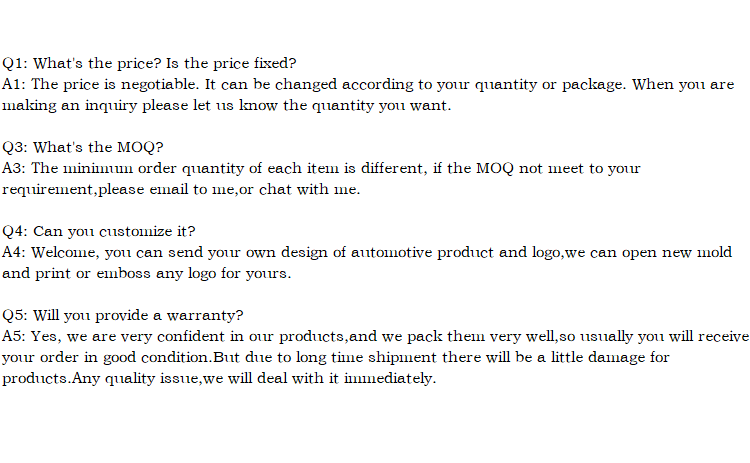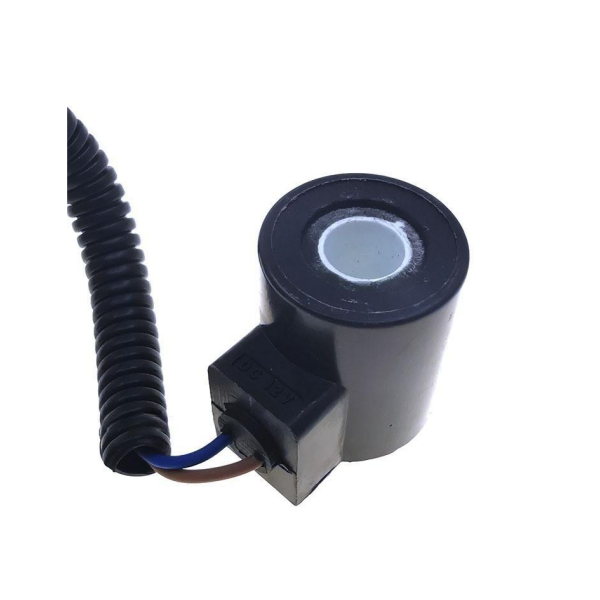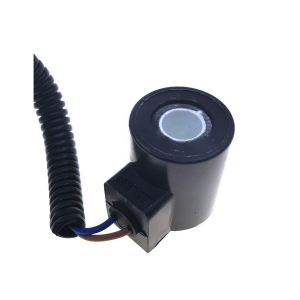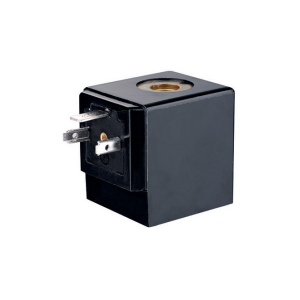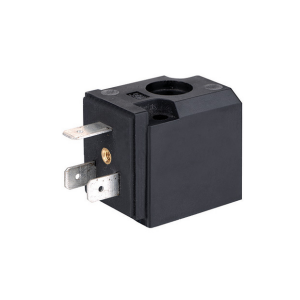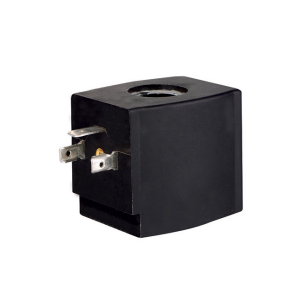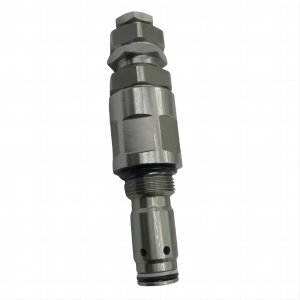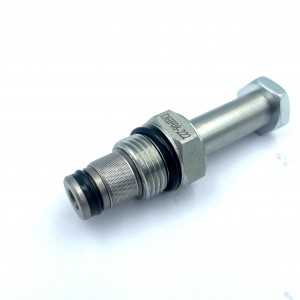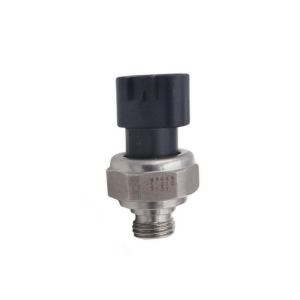Solenoid valve coil for DH55 pilot safety lock of Doosan excavator
Details
Applicable Industries: Building Material Shops, Machinery Repair Shops, Manufacturing Plant, Farms, Retail, Construction works , Advertising Company
Product name: Solenoid coil
Normal Voltage: AC220V AC110V DC24V DC12V
Normal Power (AC): 26VA
Normal Power (DC): 18W
Insulation Class: H
Connection Type: D2N43650A
Other special voltage: Customizable
Other special power: Customizable
Supply Ability
Selling Units: Single item
Single package size: 7X4X5 cm
Single gross weight: 0.300 kg
Product introduction
Detection of solenoid valve coil
Use a multimeter to measure the resistance of the solenoid valve. The resistance of the coil should be about 100 ohms. If the resistance of the coil is infinite, it means that it is broken. You can also electrify the solenoid valve coil and put iron products on the solenoid valve, because the solenoid valve has magnetic properties to attract iron products after the solenoid valve coil is electrified. If you can hold the iron product, it means that the coil is good, but it means that the coil is broken. The detection method of short circuit or open circuit of solenoid valve coil is to measure its on-off with multimeter first, and the resistance value approaches zero or infinity, which means that the coil is short circuit or open circuit. If the measured resistance is normal, it doesn't mean that the coil must be good. You should also find a small screwdriver near the metal rod passing through the solenoid valve coil, and then electrify the solenoid valve. If it feels magnetic, then the solenoid valve coil is good, otherwise it is bad.
Introduction of pilot solenoid valve coil
Principle: When the power is on, the electromagnetic force opens the pilot hole, and the pressure in the upper chamber drops rapidly, forming a pressure difference between upper and lower around the closing piece, and the fluid pressure pushes the closing piece to move upward, thus opening the valve; When the power is cut off, the pilot hole is closed by the spring force, and the inlet pressure quickly forms a low-high pressure difference around the closing valve through the bypass hole, and the fluid pressure pushes the closing member to move downward to close the valve.
1: The upper limit of the fluid pressure range is high, which can be installed at will (customized) but must meet the condition of fluid pressure difference.
2. According to the differences in valve structure and material and principle, solenoid valves can be divided into six sub-categories: direct-acting diaphragm structure, step-by-step direct-acting diaphragm structure, pilot diaphragm structure, direct-acting piston structure, step-by-step direct-acting piston structure and pilot piston structure.
3. Solenoid valves are classified according to their functions: water solenoid valve, steam solenoid valve, refrigeration solenoid valve, low temperature solenoid valve, gas solenoid valve, fire solenoid valve, ammonia solenoid valve, gas solenoid valve, liquid solenoid valve, miniature solenoid valve, pulse solenoid valve, hydraulic solenoid valve, oil solenoid valve, DC solenoid valve, high pressure solenoid valve, explosion-proof solenoid valve, etc.
Product picture
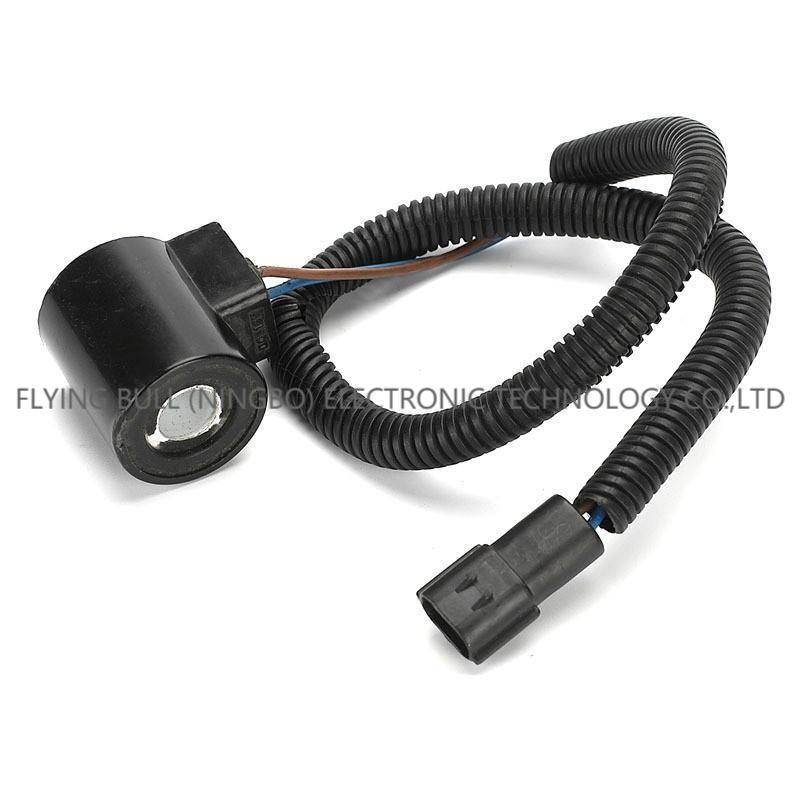
Company details







Company advantage
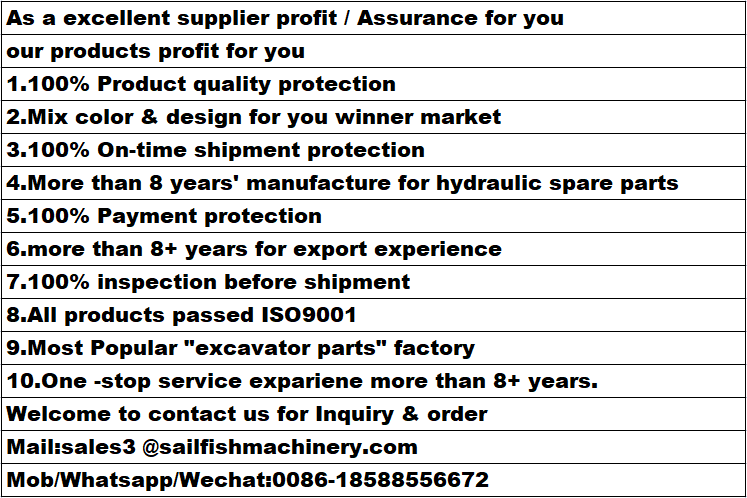
Transportation

FAQ
